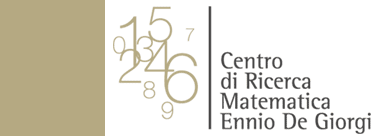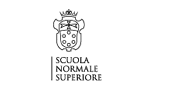On the Mathematization of Motion before Instantaneous Velocity
speaker: Richard Arthur (McMaster University, Hamilton, Canada)abstract: According to a modern understanding of motion, a moving body has at every instant of its motion an instantaneous velocity that is a function of time elapsed, and whose magnitude is given by the slope of the tangent to the curve representing the trajectory of the body on a graph of space traversed against time elapsed. Such a geometric representation of the trajectory of a body in motion has its origins in the algebraic geometry of Descartes, and the concept of instantaneous velocity derives from the notion of a degree of speed used by Galileo in his analysis of uniform acceleration (and, perhaps to a lesser extent, from Descartes' notion of conatus).
Nevertheless, I maintain, attempts to read the modern understanding back into the works of Galileo and Descartes are in error. There is ample empirical evidence, as I shall try to show, that the understanding of motion was in a state of Kuhnian crisis until the work of Newton and Leibniz became known late in the seventeenth century. This raises the question: how was motion understood prior to this modern conception? I offer some conjectures, distilled by a careful analysis of the paradoxes that have arisen in trying to interpret key passages from Varron, Galileo and Descartes.
timetable:
Tue 14 Sep, 10:30 - 12:00, Sala Conferenze Centro De Giorgi
<< Go back

